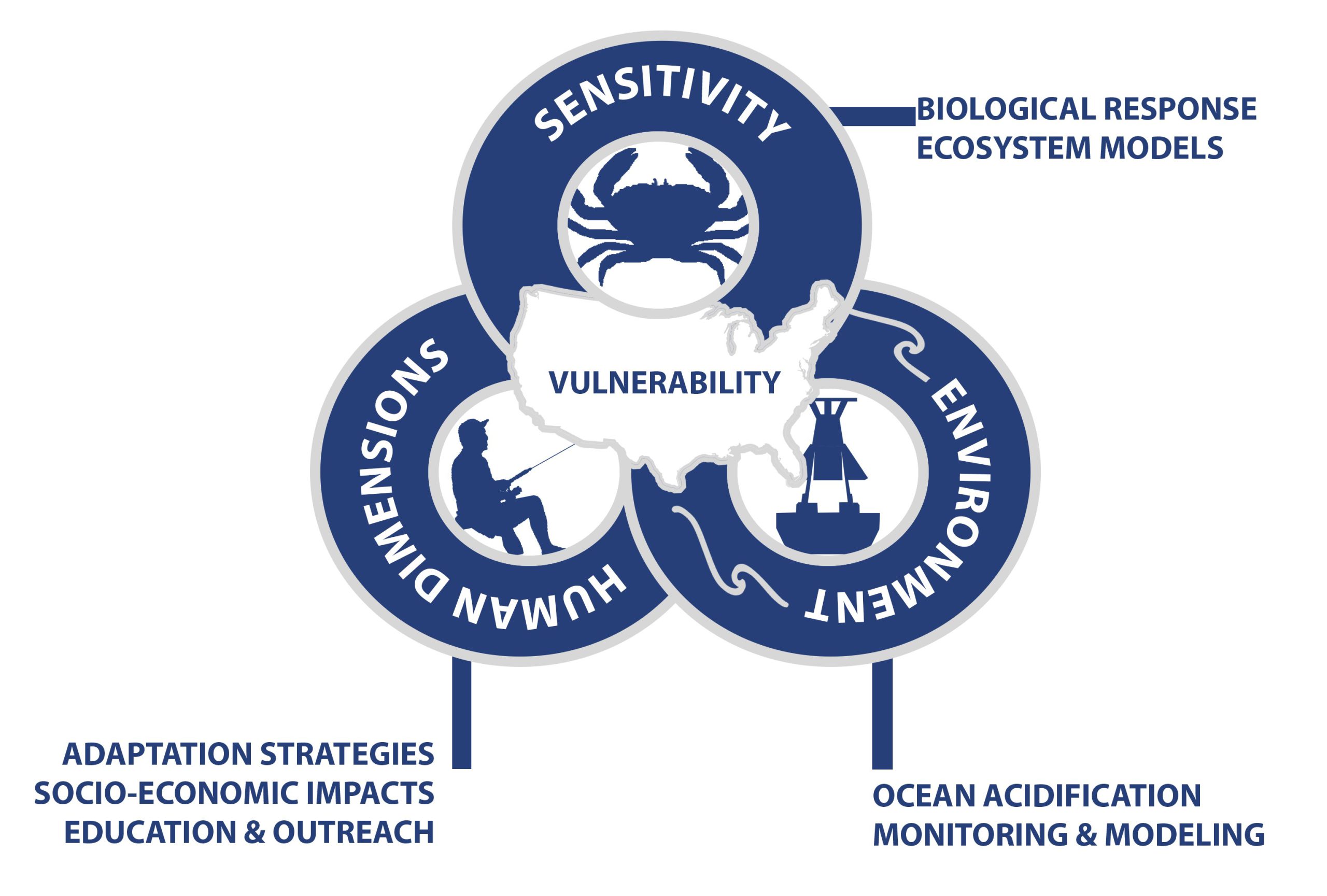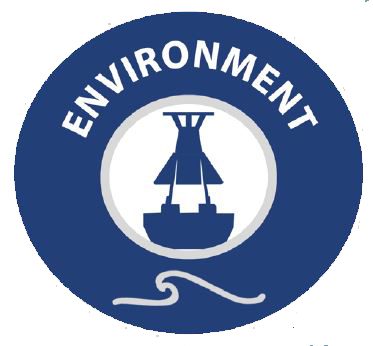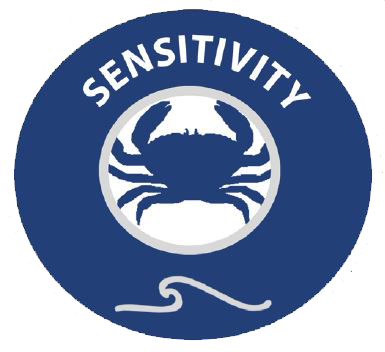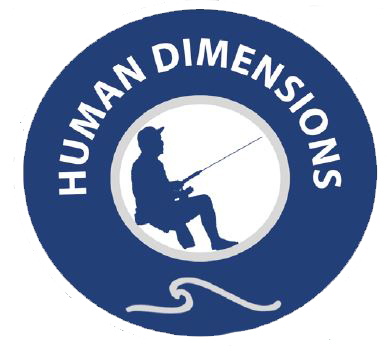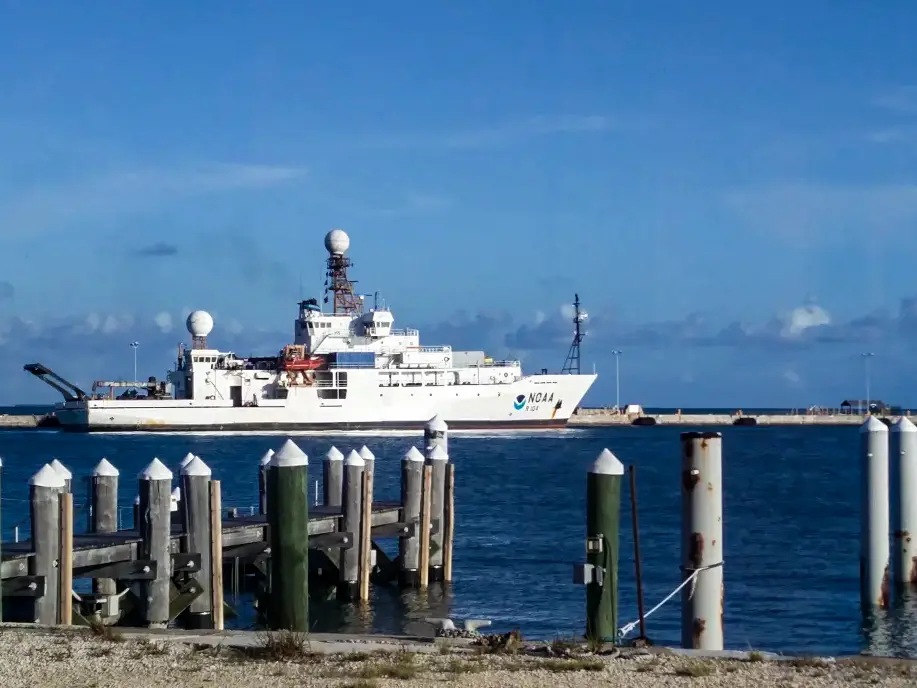Primary Areas of Study Ocean Acidification Research at NOAA
Research Regions
With a $1 billion U.S. shellfish industry and hundreds of thousands of jobs at risk, understanding acidification in the oceans and Great Lakes is important to protecting our economies and well being.

